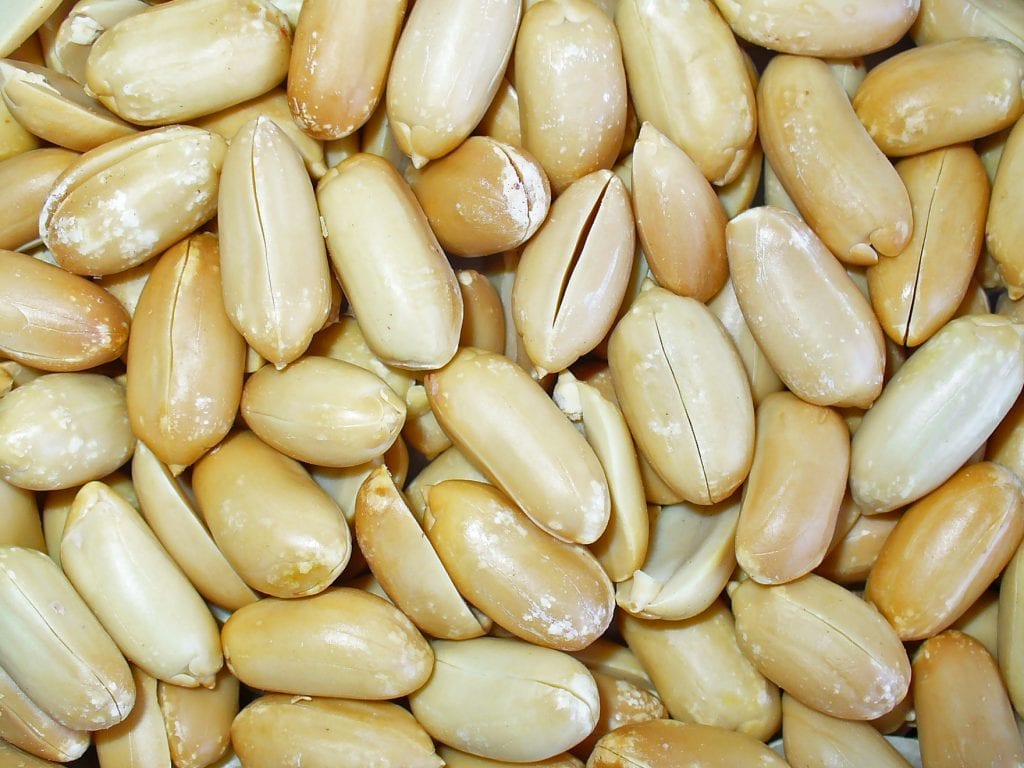
How good are the peanuts! It has an exquisite sweet taste, ideal to please even the most demanding palates. But, Why do we have to go buy them, being able to grow them ourselves? It is true that it takes more work, but we will gain in health and, incidentally, we will save some money, which is always good.
So get to work! Discover everything you need to know about the peanut plant: features, what climate you need, how to multiply it, and much more.
Peanut plant characteristics
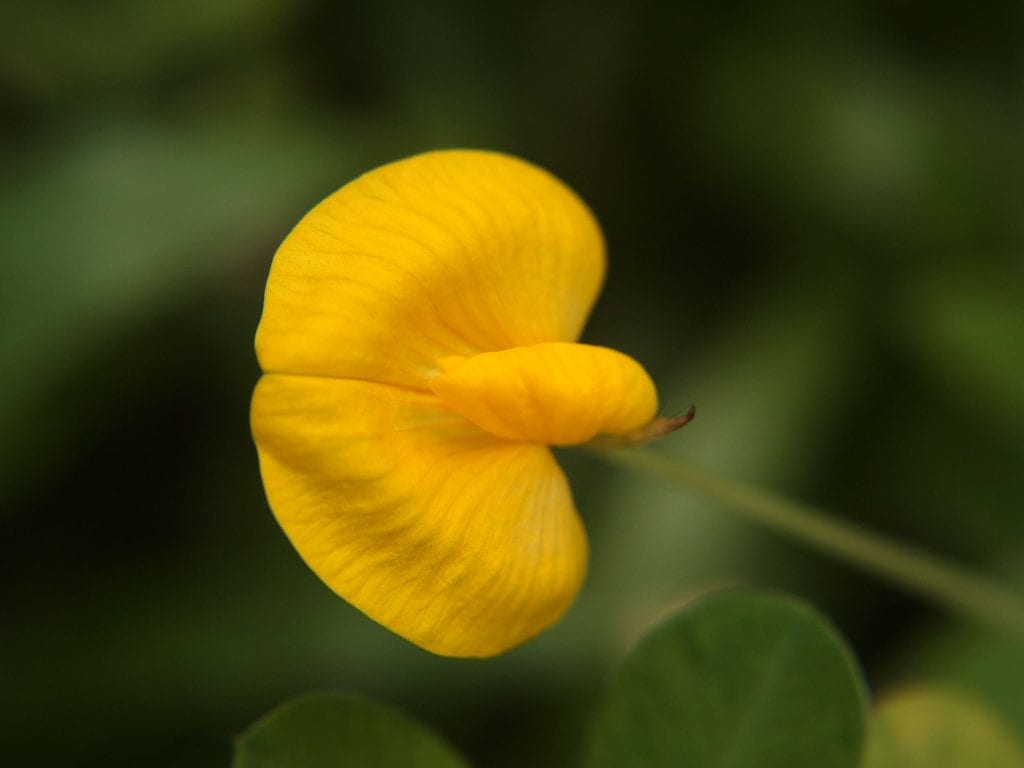
The peanut, known by the scientific name Arachis hypogaea, is an annual herb that probably originated in South America, from where it began to be consumed about 8000 years ago. From there it reached Peru, where it was cultivated for the first time according to the remains of Pachacámac and the Lord of Sipán. The Incas extended their cultivation to other parts of South America, and the colonizers who invaded them took specimens to Europe and Africa.
It is an annual, erect herb that grows up to 80 centimeters in height. The leaves have 4 leaflets, with a petiole of up to 10cm. The bracts are lanceolate, with an acuminate apex. The corolla is golden yellow, and is ovate. The flowers do not have much decorative value due to their size, just 10mm. The fruit is a legume that grows underground, oblong in shape, inside which are between 1 and 6 seeds, about 10mm in diameter.
How is it grown?
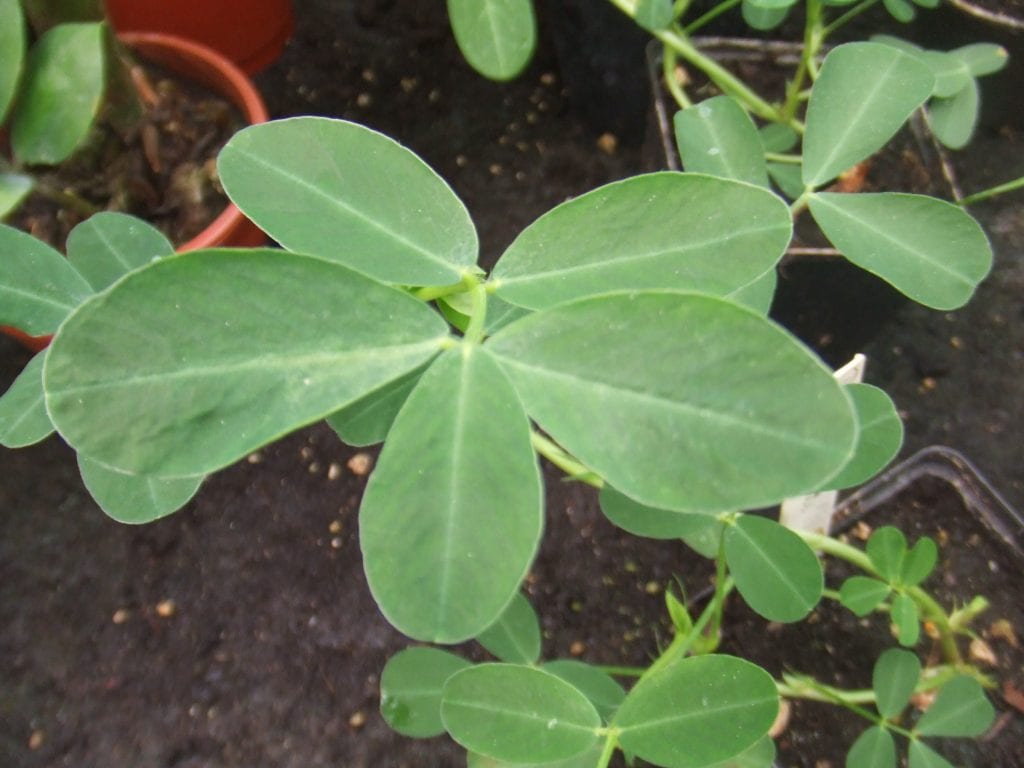
If you want to have several peanut plants, you must take into account everything that I am going to tell you below:
Location
It has to be placed (or planted) outside, in full sun. Of course, the climate must be warm, since does not resist frost.
Soil or substrate
Whether grown in the garden or in a pot, the soil must be loose, have good drainage and have a pH greater than 7.
Subscriber
Very important to pay. This plant needs a lot of nutrients so it is required to give it an 'extra' of food throughout the growing season. We will use for it organic fertilizers in powder if it is in the garden, or liquid if it is in a pot.
Harvest
It is the most difficult part, since if they are taken out before their time, the fruits will not have ripened enough, and if you wait too long, they can begin to germinate. To do? Okay, it is best to remove several plants at intervals, until you see that most of the peanuts are already ripe.
The seeds are ready for consumption when they turn pink or red.
Multiplication
To obtain an excellent harvest, they have to sow the seeds in spring, when temperatures, both maximum and minimum, begin to rise. They can be sown directly in the garden, putting 2 every 3-5cm, or in pots with universal growing substrate, putting a maximum of 2 in each one.
peanut problems
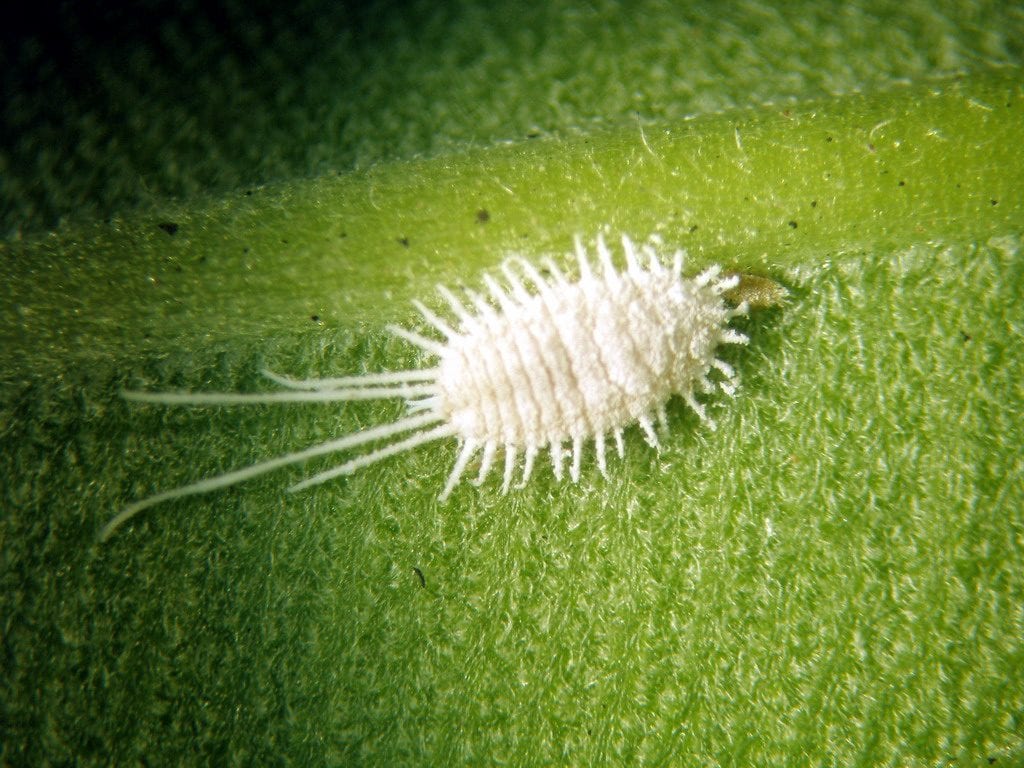
Image - Todohuertoyjardin.es
It is a very resistant plant to pests and diseases, but as summer is the time of greatest growth and being a very hot and dry season in several places, it can be affected by cottony mealybugs, which we can easily remove with a swab from the ears moistened in water.
If, on the other hand, you live in a humid climate, you have to be very careful with snails, and with the mushrooms. For the former, you can put orange, melon, watermelon or potato peels around your peanut plants, and for the latter it is advisable to do preventive treatments with copper or sulfur in spring, or with potassium soap, which will also help us to prevent other possible pests.
Peanut uses
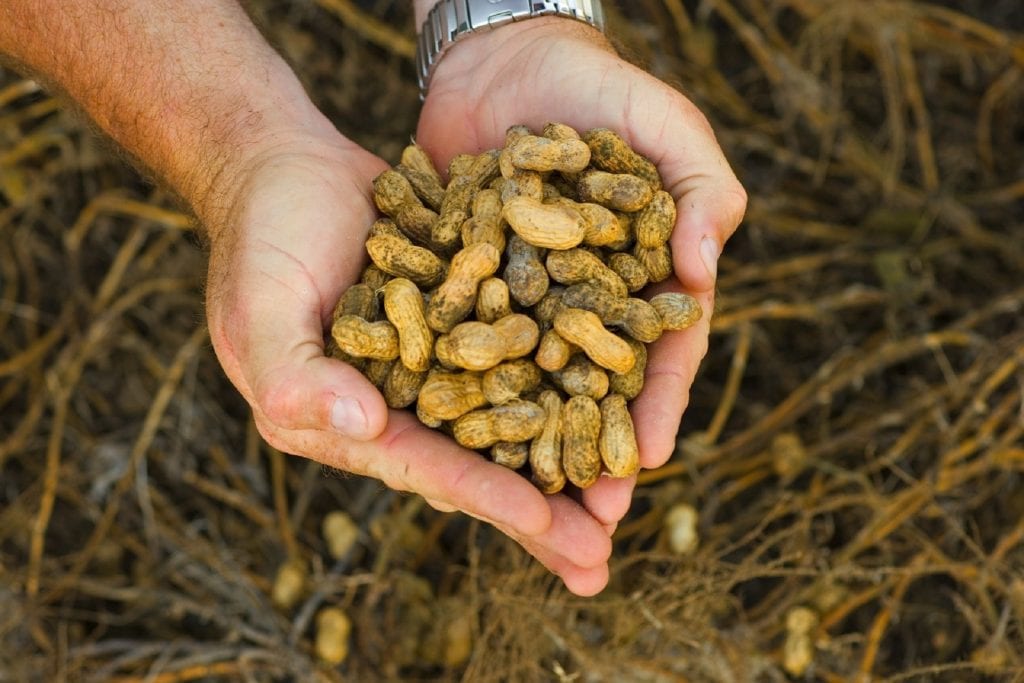
The peanut has many culinary, and medicinal uses. Discover them:
Culinary uses
Peanuts contain around 35% protein and 50% fat. In addition, they have cystine, thiamine, riboflavin, and niacin, which are vitamins that keep the body in excellent health. Thus, they are used above all in the kitchen.
In tropical regions, for example, they extract their oil to prepare their exquisite recipes, and the fruits, whether roasted or cooked, are consumed almost all over the world.
As a curious fact, and although it is not strictly culinary, to say that leaves and stems serve as food for grazing animals.
Medical uses
If we talk about the medicinal properties of peanuts, we will immediately know that it is an amazing dried fruit. Its extraordinary qualities are:
- Relieves and prevents constipation.
- Helps gain weight.
- Delays ageing.
- It lowers cholesterol levels.
- They mitigate the symptoms of menopause.
- Protect the heart.
- Being rich in vitamin A, it takes care of the eyes.
Peanut allergy, how do I know if I have it?

Unfortunately, not everyone can consume peanuts, as it causes a significant allergic reaction, preventing them from breathing. To find out if you have an allergy, there are only two things you can do: eat one -Near a health center or hospital, just in case- and wait to see how the body reacts.
The most common symptoms of this type of allergy are:
- Appearance of red bumps on the skin
- Itching
- Swelling of the face and / or around the mouth
- Nausea
- Vomiting
- Diarrhea
- Sneezing
- Nasal congestion
- Crying eyes
- Trouble breathing
- dizziness
- Fainting
If you experience any of these symptoms, ask for urgent medical help.
Conclusion
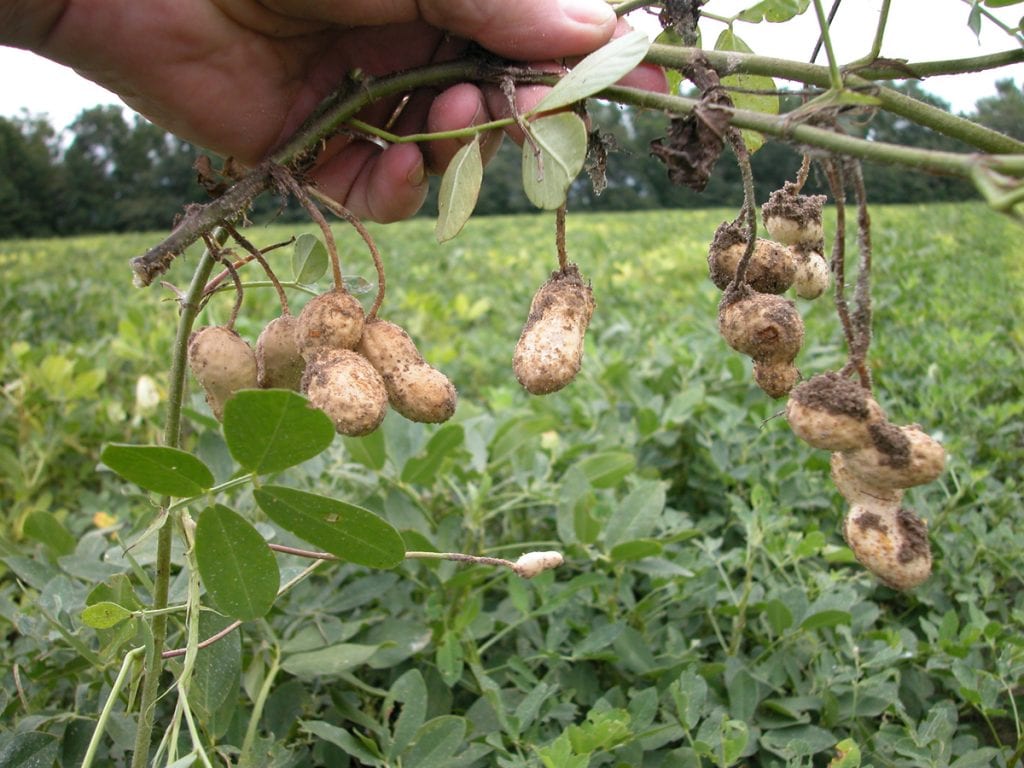
The peanut plant is loved by millions of people for its delicious taste. It is very easy to grow and, we could even say that it is ornamental, due to its beautiful yellow corolla.
Do you dare to cultivate it?